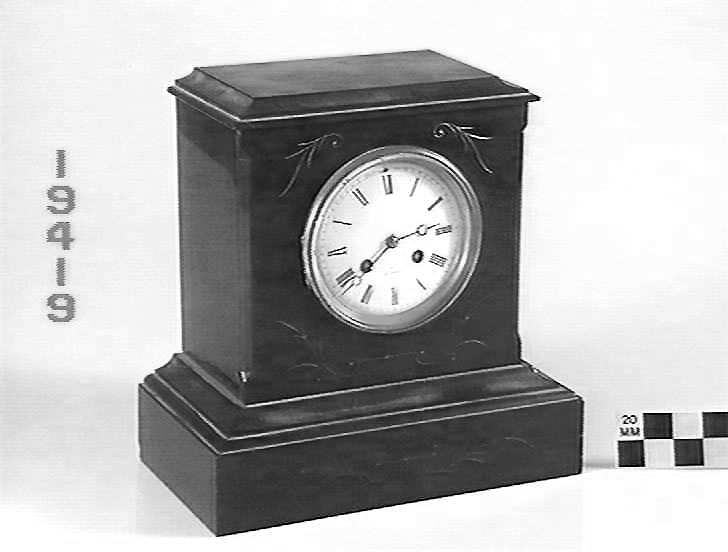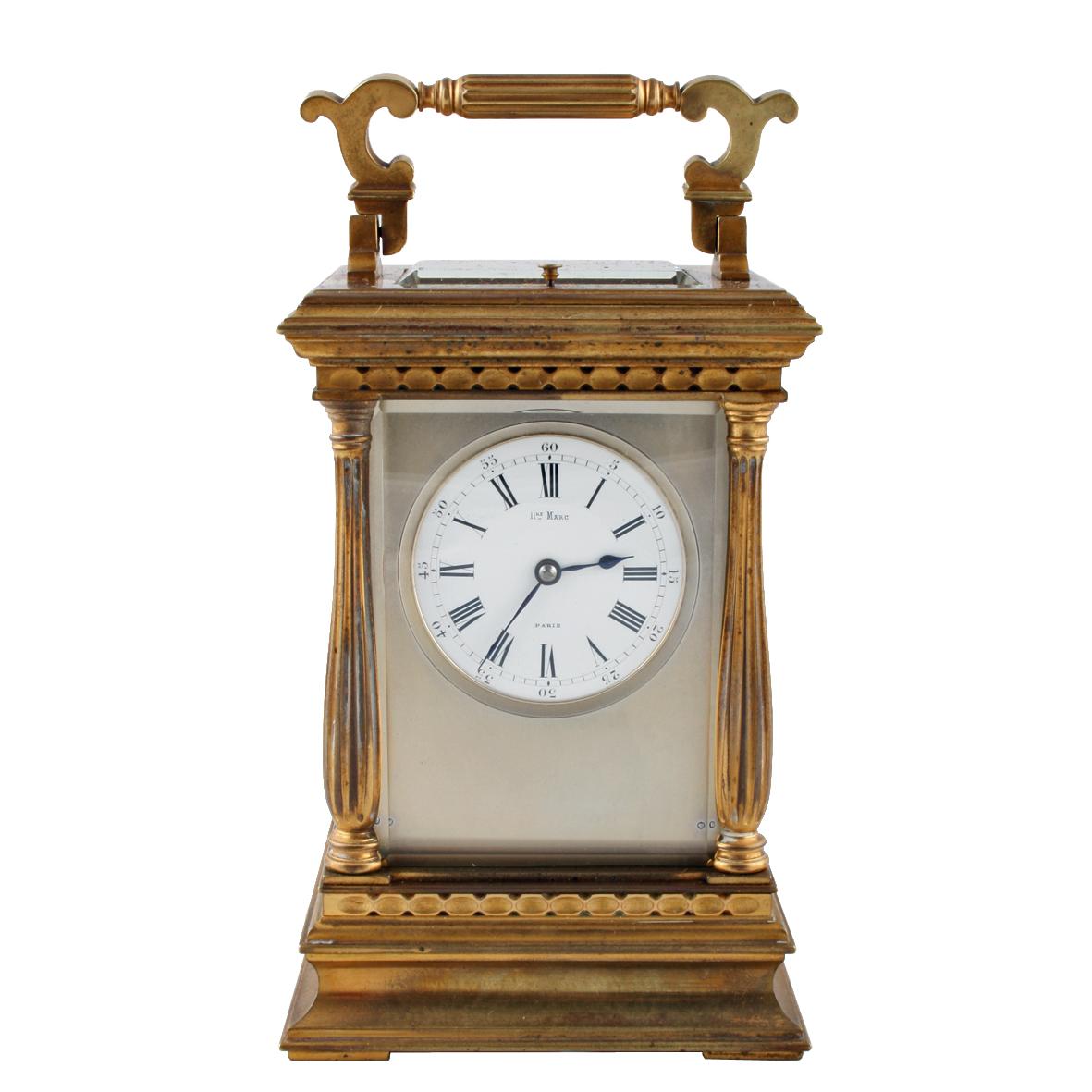

The glass collection also includes work by New England makers (including Boston and Sandwich, Mount Washington, and New England Glass) and turn-of-the-century American art glass (by Tiffany, Quezal, Steuben, and others). The Currier Museum is also known for its extensive collection glass paperweights, which is of exceptional quality and represents the major 19th- and 20th-century American and French makers. The furniture of historic Europe represented by a rare table designed by Piranesi and a French 18th-century wall clock of exceptional quality. The collection also features several examples of contemporary American studio furniture by artists such as Jon Brooks, Jere Osgood, Terry Moore, David Lamb, Sam Maloof, Vivian Beer, and Judy McKie. The museum’s collection of historic furniture from New England includes exceptional pieces by Junkins and Senter and Samuel Dunlap. Historic pieces in the collection include an 18th-century painted terracotta sculpture of a twisting Baccante figure and a very rare yellow marble crucifixion sculpture by Giovanni Battista Foggini, which is the earliest decorative arts object in the collection. The museum’s non-functional ceramic objects include abstract sculptural pieces by Peter Voulkos, Robert Turner, and Toshiko Takaezu, as well as representational work by Michael Lucero and Marilyn Levine. The ceramic collection includes work by first generation studio potters Bernard Leach, Shoji Hamada, Lucie Rie, and Hans Coper. The Currier Museum’s ceramic and decorative arts illustrate a plurality of artistic styles and movements from Europe and the United States, with special strengths in ceramics, furniture, and glass. Paul Getty Museum (Los Angeles, 1996), p.


Gillian Wilson, European Clocks in the J. Auction: Christie’s, New York, 20 April 2018 (lot 22) acquired by the museum. Blanche Thebom (1915–2010), an operatic mezz-soprano, New York her auction for the benefit of the Metropolitan Opera Association: Christie’s, New York, 20 November 1982 (lot 55). Dealer Asher Wertheimer (1844–1918), London. Nieuwenhuys (1799–1883), Brussels and London his auction: Christie’s, London, 17 July 1886 (lot 140, for £504).

Perhaps in the Hôtel de Ville, Paris and then with Sir Charles Montolieu Lamb, Bt. It was made by Robert Robin (1742–1799), clockmaker to Louis XVI, a fact proudly proclaimed in an inscription on the clock’s face: “Robin Horloger du Roi.” The clock possesses a later movement which includes the days of the week, the months, and the phases of the moon. The present clock exists in one other version, in the J. A number of engravings after Meissonnier’s designs, published by Gabriel Huquier about 1750, feature similarly fanciful clocks. The clock’s swirling loose asymmetry and Rococo elements supporting the figures find close parallels in the oeuvre of Juste-Aurèle Meissonnier, the most extravagant exponent of the Rococo style in the decorative arts of the French eighteenth century. Meanwhile, two cherubs personifying love frolic above the clock face and taunt Time, whose scythe and hourglass they have stolen. The winged figure of Father Time lies vanquished below the clock face, while his armillary sphere, protractor, and pair of compasses have been scattered amidst the foliage and clouds beneath him. The figures on this imposing clock represent Love conquering Time, a theme often represented on mid-eighteenth-century clocks. Gilded bronze (ormolu) clocks featuring figures in swirling surrounds, attached to a wall or centered over a mantelpiece, were dazzling sculptural exclamation marks in lavishly appointed rooms. The style known as Rococo began in furniture and privileged fanciful curved asymmetrical forms and elaborate ornamentation derived from nature, including rocks, shells, and leaves. Royal residences and aristocratic houses became complete works of art that combined architecture, furniture, sculpture, textiles, and painting, and were in turn settings for new forms of fashion, poetry, and music. French art of eighteenth century is first and foremost an expression of the decorative arts.


 0 kommentar(er)
0 kommentar(er)
